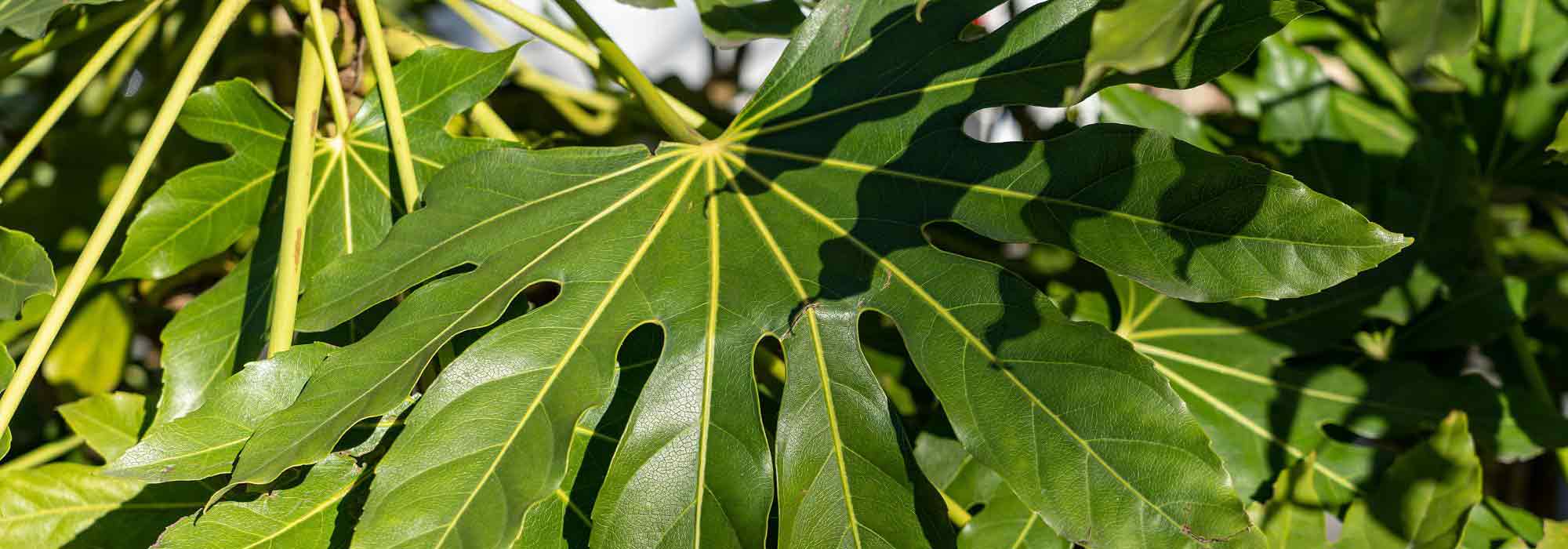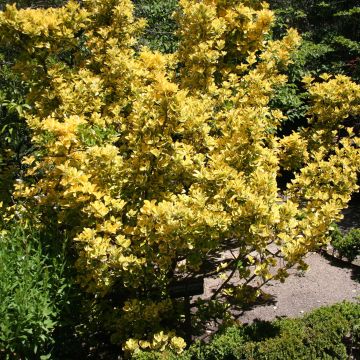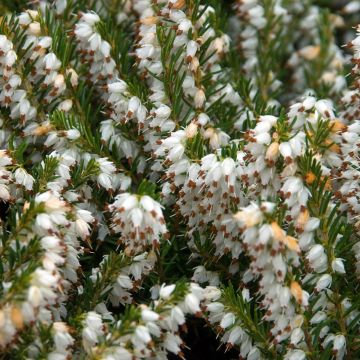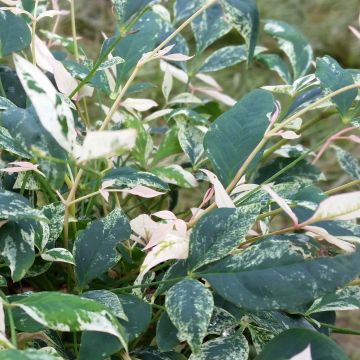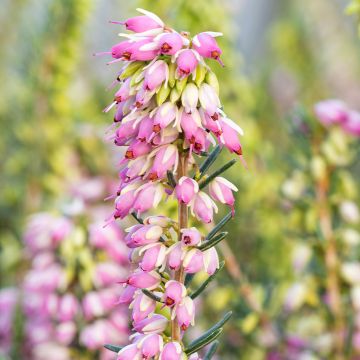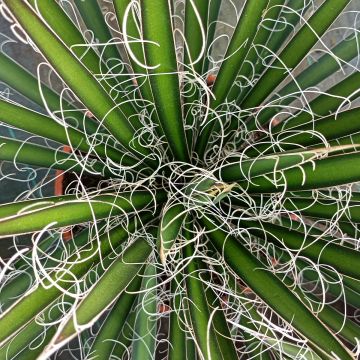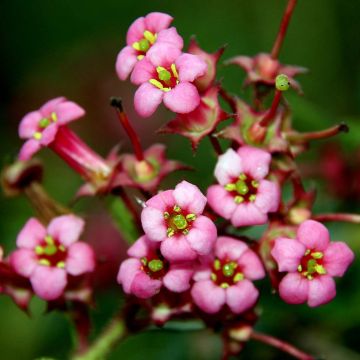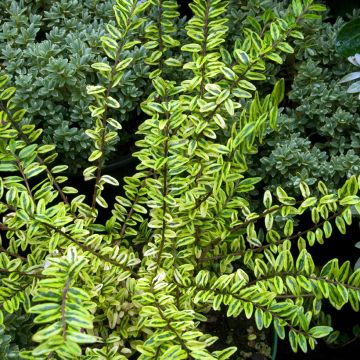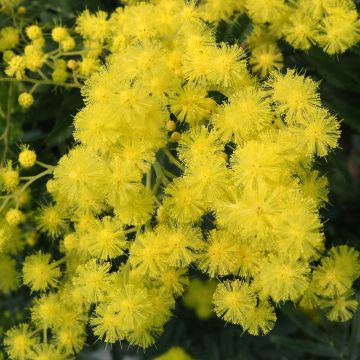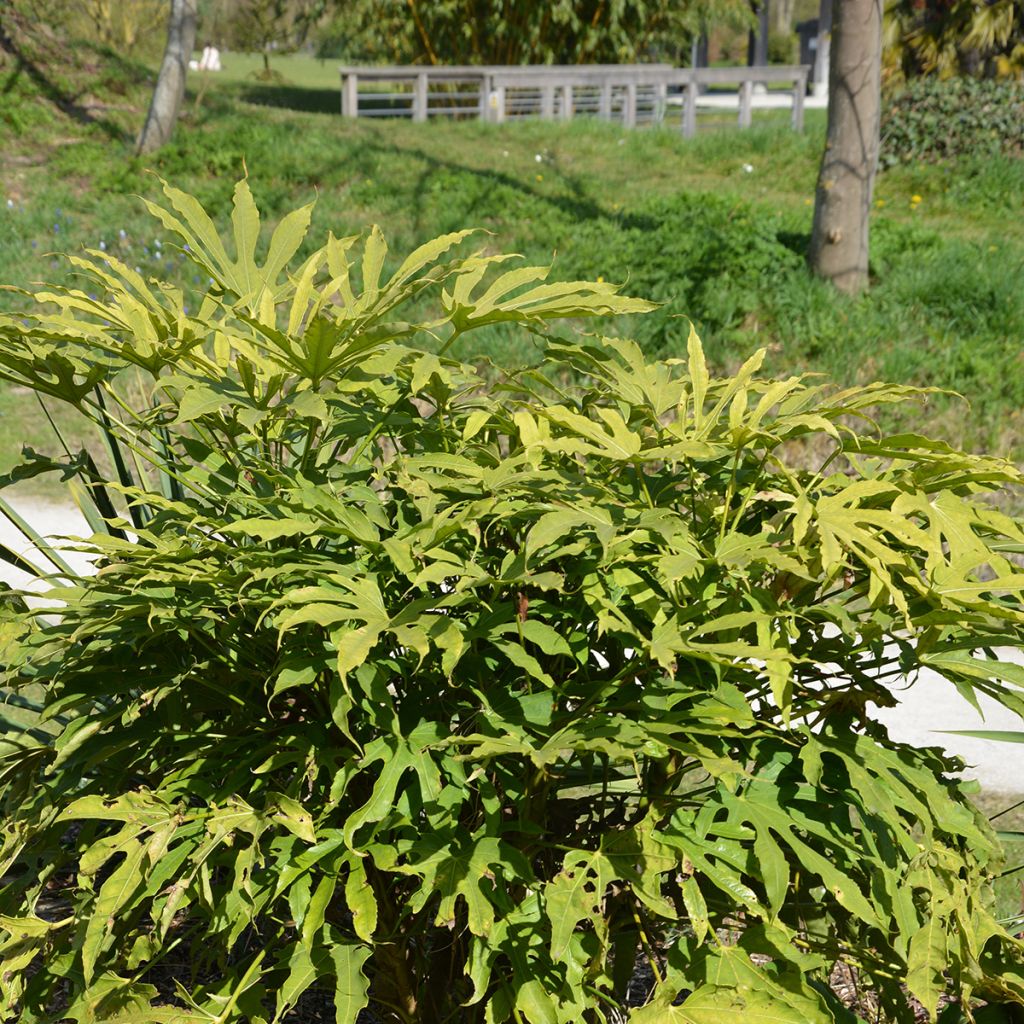

Fatsia polycarpa Green Fingers
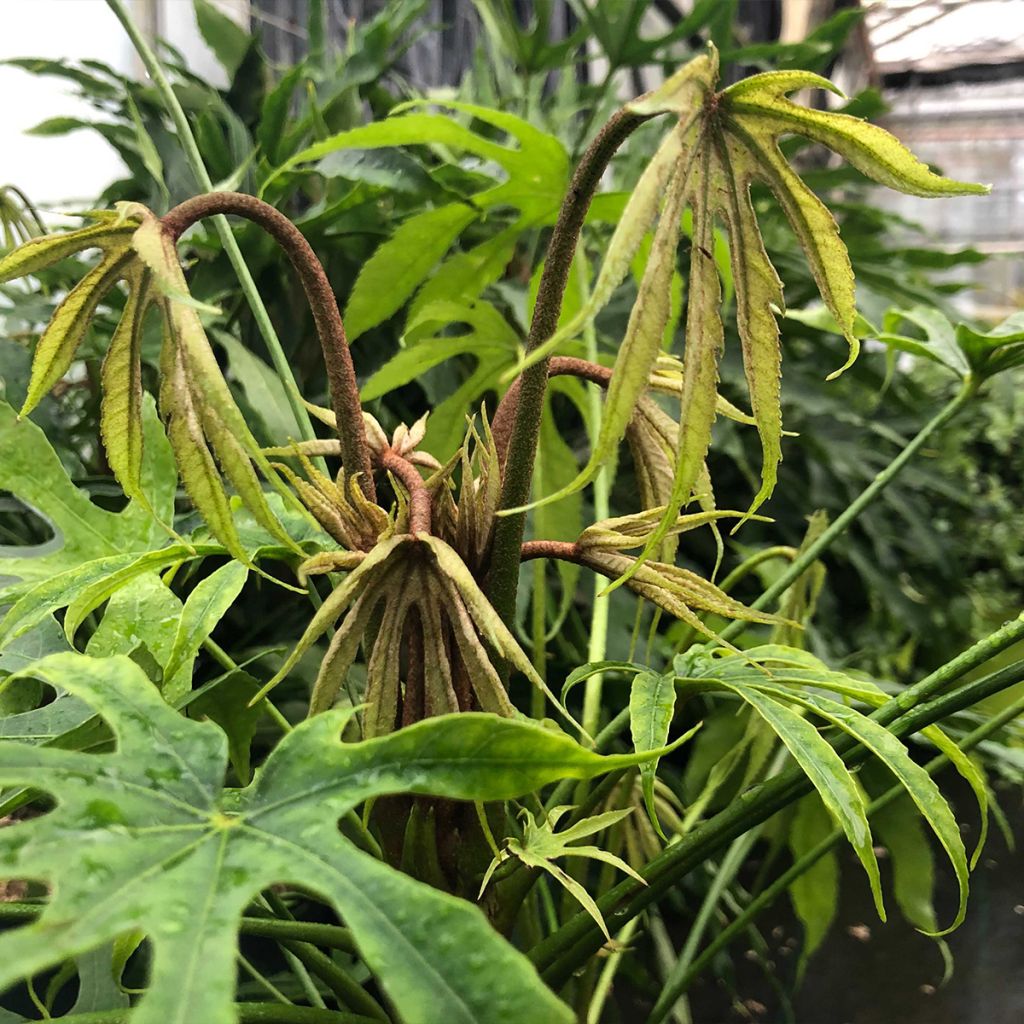

Fatsia polycarpa Green Fingers
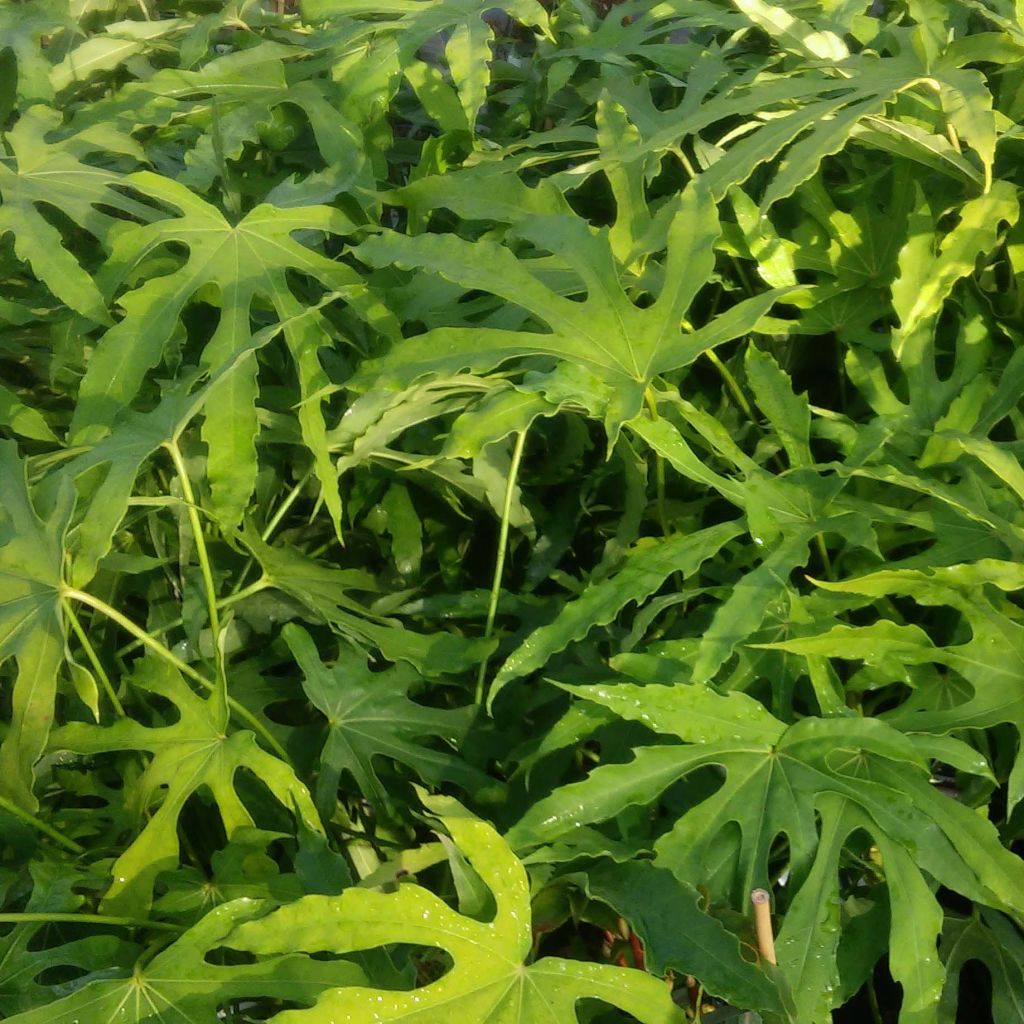

Fatsia polycarpa Green Fingers
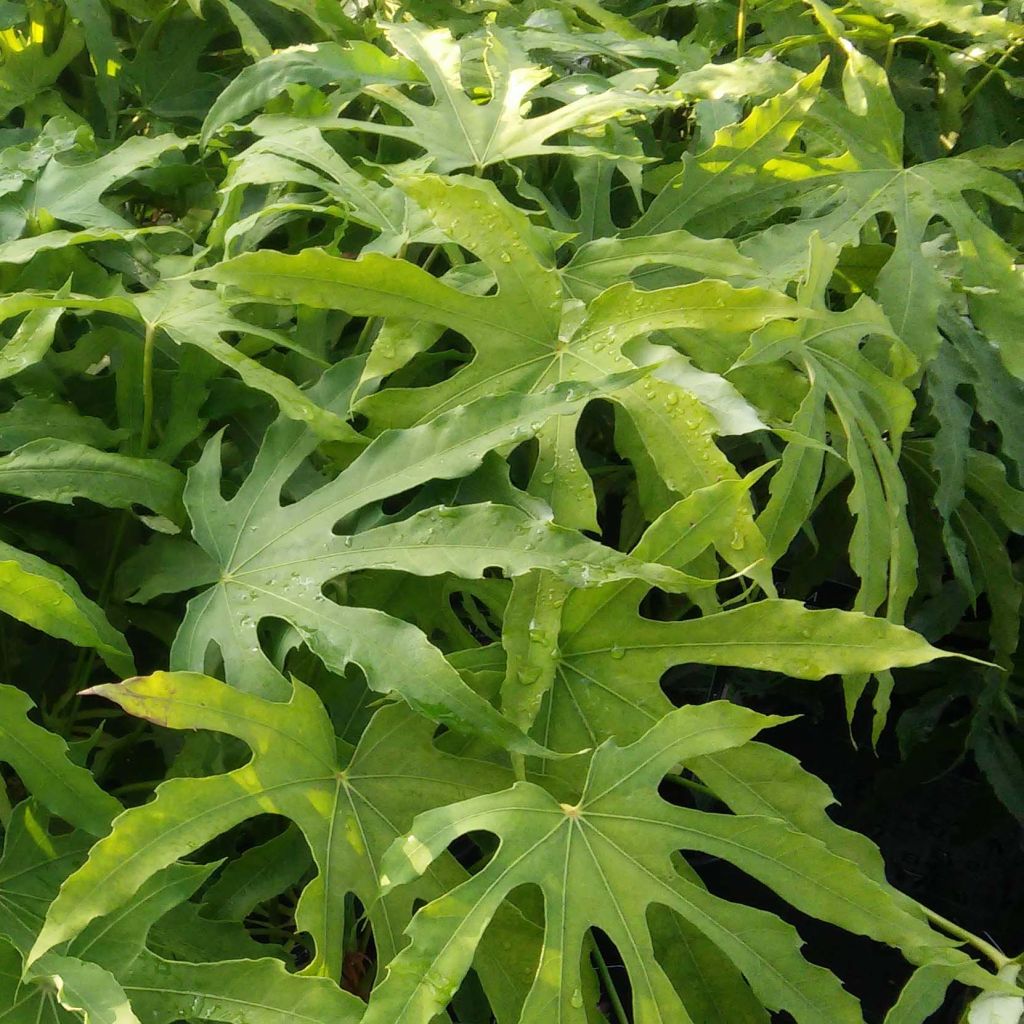

Fatsia polycarpa Green Fingers
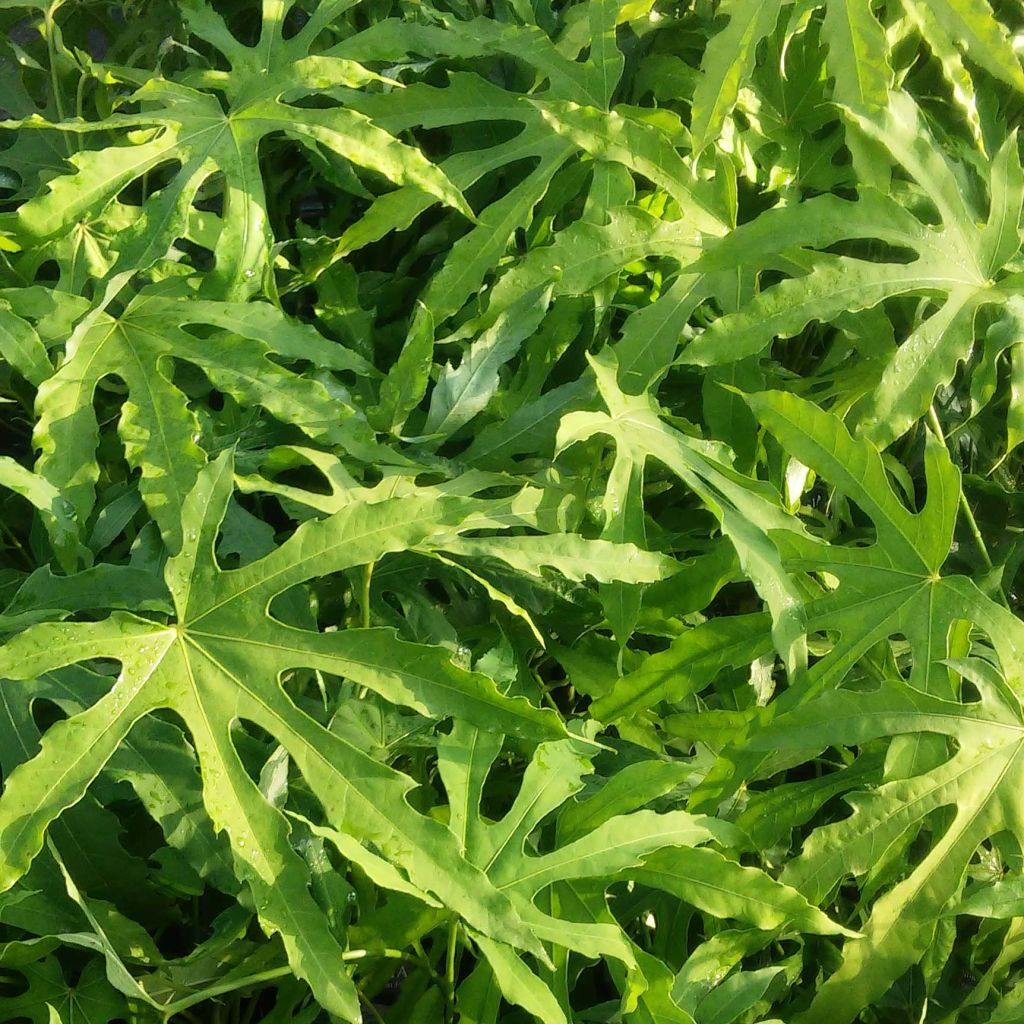

Fatsia polycarpa Green Fingers
Fatsia polycarpa Green Fingers
Fatsia polycarpa Green Fingers
Paperplant, False Aralia, Taiwanese aralia
Very beautiful plant with many leaves.
Danièle, 02/04/2025
Special offer!
Receive a €20 voucher for any order over €90 (excluding delivery costs, credit notes, and plastic-free options)!
1- Add your favorite plants to your cart.
2- Once you have reached €90, confirm your order (you can even choose the delivery date!).
3- As soon as your order is shipped, you will receive an email containing your voucher code, valid for 3 months (90 days).
Your voucher is unique and can only be used once, for any order with a minimum value of €20, excluding delivery costs.
Can be combined with other current offers, non-divisible and non-refundable.
Home or relay delivery (depending on size and destination)
Schedule delivery date,
and select date in basket
This plant carries a 24 months recovery warranty
More information
We guarantee the quality of our plants for a full growing cycle, and will replace at our expense any plant that fails to recover under normal climatic and planting conditions.

Does this plant fit my garden?
Set up your Plantfit profile →
Description
The Fatsia polycarpa 'Green Fingers', with its large deeply lobed and dentate leaves, is undoubtedly one of the most decorative of this genus composed of large Asian plants with a very exotic appearance. When it occurs, at the end of the season, the flowering takes the form of light panicles of creamy white flowers, followed by small black fruits. More hardy than its Taiwanese origins might suggest, this magnificent bush is able to survive temperatures as low as -10°C (14 °F) at a minimum, in a sheltered position. Superb in a bed in a cool and semi-shaded spot in the garden, this fatsia also thrives in a pot on a terrace, and can also be used as an indoor plant.
The Fatsia polycarpa is a shrub plant of the araliaceae family, related to the much better known Fatsia japonica and Aralias, as well as to our humble ivy. This botanical species is endemic to the island of Taiwan. It is a fairly polymorphic plant, which can have variable and more or less decorative foliage depending on the individuals. It is a shade or semi-shade species requiring a rich, moist, light but fertile soil, with a tendency towards acidity.
The 'Green Fingers' cultivar was recently selected in Taiwan for its leaves divided into particularly thin and deep segments. This plant develops spirally arranged stems from its stem, forming a bush about 2m (6 ft 7 in) high and 1.20m (3 ft 11 in) wide at its peak. The stems, with few branches, bear numerous large leaves measuring 15 to 30 cm (5.9 to 11.8 in) in all directions, with a long petiole. The highly perforated leaf blade is deeply divided into 9 to 13 tapered and irregularly toothed lobes. Fairly tough in texture, this foliage is a bright green color, slightly satin-like. Each leaf, evergreen in winter, lives for about a year on the plant, then turns yellow before falling in summer. Flowering occurs from October to December depending on the climate. Cream-colored inflorescences in the form of pyramidal corymbs form at the end of the floral stems, consisting of numerous tiny flowers assembled in globular clusters, similar to small off-white pompoms. After pollination by insects, the flowers transform into small black berries.
This Fatsia, whose hardiness limits are not yet fully known, is a highly ornamental, intensely exotic bush that should be protected from strong winds and intense sunlight to preserve its beauty. Once established, it is superb as a solitary plant in a lawn or in a group to form a bouquet. It is also interesting in association with trees and shrubs that, like it, appreciate cool environments, such as Japanese maples, Fargesia bamboo, Pieris, or large ferns. Growing it in a container will allow gardeners in colder regions to shelter it in a lightly heated conservatory or in a cool and bright room.
Fatsia polycarpa Green Fingers in pictures
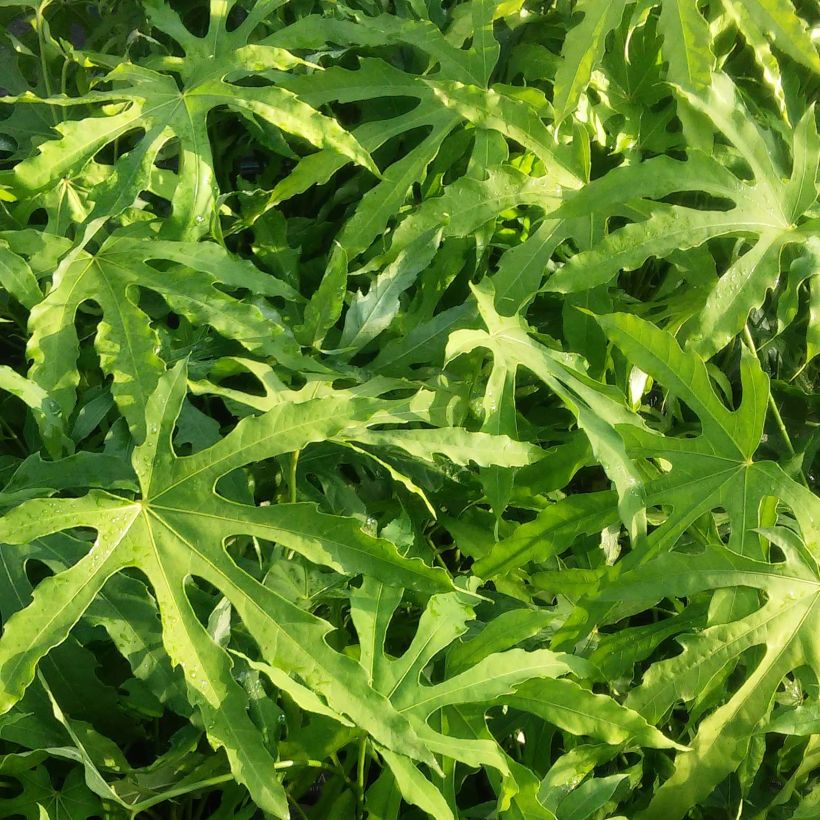

Plant habit
Flowering
Foliage
Botanical data
Fatsia
polycarpa
Green Fingers
Araliaceae
Paperplant, False Aralia, Taiwanese aralia
Cultivar or hybrid
Planting and care
The Fatsia polycarpa prefers light and fertile slightly acidic soils, so it is necessary to enrich your planting hole with well decomposed leaf compost. Lighten the soil with a bit of sand to improve drainage (beneficial in winter). Also, be careful to plant it in a sheltered location away from the wind and preferably in partial shade or even full shade in hot regions. Water well in summer to maintain some moisture at the base of the plant, and place mulch around the stump if necessary to keep it cool. In winter, do the opposite, make sure it is dry. It is wise to protect it with a winter cover during this period. When the leaves of your Fatsia turn yellow in winter, it is often due to excessively low temperatures, while in summer it is due to drought, so mist the plant with a bit of water. However, it is completely normal for old leaves to turn yellow and die in summer. Trim any unsightly branches in spring. In autumn, you can remove the clusters of fruits as soon as they appear, as this will cause the leaves to grow larger the following year.
Planting period
Intended location
Care
Planting & care advice
-
, onOrder confirmed
Reply from on Promesse de fleurs
Similar products
Haven't found what you were looking for?
Hardiness is the lowest winter temperature a plant can endure without suffering serious damage or even dying. However, hardiness is affected by location (a sheltered area, such as a patio), protection (winter cover) and soil type (hardiness is improved by well-drained soil).

Photo Sharing Terms & Conditions
In order to encourage gardeners to interact and share their experiences, Promesse de fleurs offers various media enabling content to be uploaded onto its Site - in particular via the ‘Photo sharing’ module.
The User agrees to refrain from:
- Posting any content that is illegal, prejudicial, insulting, racist, inciteful to hatred, revisionist, contrary to public decency, that infringes on privacy or on the privacy rights of third parties, in particular the publicity rights of persons and goods, intellectual property rights, or the right to privacy.
- Submitting content on behalf of a third party;
- Impersonate the identity of a third party and/or publish any personal information about a third party;
In general, the User undertakes to refrain from any unethical behaviour.
All Content (in particular text, comments, files, images, photos, videos, creative works, etc.), which may be subject to property or intellectual property rights, image or other private rights, shall remain the property of the User, subject to the limited rights granted by the terms of the licence granted by Promesse de fleurs as stated below. Users are at liberty to publish or not to publish such Content on the Site, notably via the ‘Photo Sharing’ facility, and accept that this Content shall be made public and freely accessible, notably on the Internet.
Users further acknowledge, undertake to have ,and guarantee that they hold all necessary rights and permissions to publish such material on the Site, in particular with regard to the legislation in force pertaining to any privacy, property, intellectual property, image, or contractual rights, or rights of any other nature. By publishing such Content on the Site, Users acknowledge accepting full liability as publishers of the Content within the meaning of the law, and grant Promesse de fleurs, free of charge, an inclusive, worldwide licence for the said Content for the entire duration of its publication, including all reproduction, representation, up/downloading, displaying, performing, transmission, and storage rights.
Users also grant permission for their name to be linked to the Content and accept that this link may not always be made available.
By engaging in posting material, Users consent to their Content becoming automatically accessible on the Internet, in particular on other sites and/or blogs and/or web pages of the Promesse de fleurs site, including in particular social pages and the Promesse de fleurs catalogue.
Users may secure the removal of entrusted content free of charge by issuing a simple request via our contact form.
The flowering period indicated on our website applies to countries and regions located in USDA zone 8 (France, the United Kingdom, Ireland, the Netherlands, etc.)
It will vary according to where you live:
- In zones 9 to 10 (Italy, Spain, Greece, etc.), flowering will occur about 2 to 4 weeks earlier.
- In zones 6 to 7 (Germany, Poland, Slovenia, and lower mountainous regions), flowering will be delayed by 2 to 3 weeks.
- In zone 5 (Central Europe, Scandinavia), blooming will be delayed by 3 to 5 weeks.
In temperate climates, pruning of spring-flowering shrubs (forsythia, spireas, etc.) should be done just after flowering.
Pruning of summer-flowering shrubs (Indian Lilac, Perovskia, etc.) can be done in winter or spring.
In cold regions as well as with frost-sensitive plants, avoid pruning too early when severe frosts may still occur.
The planting period indicated on our website applies to countries and regions located in USDA zone 8 (France, United Kingdom, Ireland, Netherlands).
It will vary according to where you live:
- In Mediterranean zones (Marseille, Madrid, Milan, etc.), autumn and winter are the best planting periods.
- In continental zones (Strasbourg, Munich, Vienna, etc.), delay planting by 2 to 3 weeks in spring and bring it forward by 2 to 4 weeks in autumn.
- In mountainous regions (the Alps, Pyrenees, Carpathians, etc.), it is best to plant in late spring (May-June) or late summer (August-September).
The harvesting period indicated on our website applies to countries and regions in USDA zone 8 (France, England, Ireland, the Netherlands).
In colder areas (Scandinavia, Poland, Austria...) fruit and vegetable harvests are likely to be delayed by 3-4 weeks.
In warmer areas (Italy, Spain, Greece, etc.), harvesting will probably take place earlier, depending on weather conditions.
The sowing periods indicated on our website apply to countries and regions within USDA Zone 8 (France, UK, Ireland, Netherlands).
In colder areas (Scandinavia, Poland, Austria...), delay any outdoor sowing by 3-4 weeks, or sow under glass.
In warmer climes (Italy, Spain, Greece, etc.), bring outdoor sowing forward by a few weeks.






























